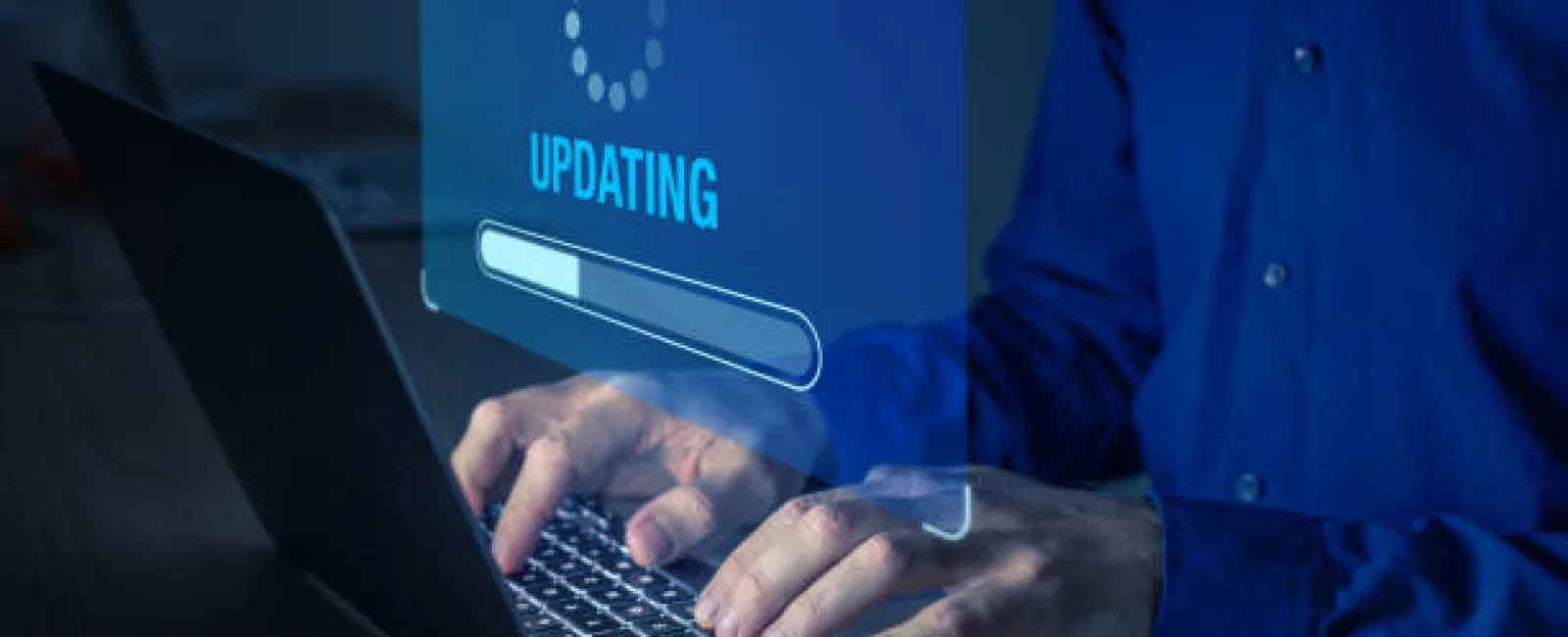Software updates might seem like a hassle, but neglecting them is one of the simplest ways to expose your systems to cyber-attacks. Hackers are always on the lookout for vulnerabilities, and outdated software is like an open invitation to your network.
But how can you tell when it's time to update, and should you always rely on your computer to notify you? Here are five unmistakable signs it's time to update, along with tips on how to manage updates safely.
1. Your Software Is No Longer Supported
If your software provider has stopped releasing updates for your current version, take it as a serious warning. Unsupported software often harbors known vulnerabilities that cybercriminals can easily exploit. Stay informed about end-of-life announcements from your software providers and upgrade as soon as possible.
Tip: Don't wait for the software to malfunction before updating. Plan ahead and migrate to newer versions while you still have full support.
2. You Notice Slower Performance
A sudden decline in your software's performance can indicate it's outdated. Newer versions are typically optimized for better efficiency, and avoiding updates might leave you with slow, buggy software.
Tip: If you experience performance issues, check for pending updates in the settings or visit the provider's website to manually download the latest version.
3. You Receive Security Alerts
If your antivirus or security software flags vulnerabilities in an application you use, an update is likely overdue. Cybercriminals exploit security gaps in outdated software, so always heed security alerts.
Tip: Use a reliable antivirus tool that integrates with your software and alerts you when updates are needed. Always verify the authenticity of update alerts before proceeding.
4. You Haven't Updated In Over 6 Months
If it's been more than six months since your last software update, it's probably time for one. Many providers release regular updates to patch vulnerabilities and enhance features.
Tip: Set reminders to check for updates periodically, rather than waiting for notifications. This is particularly crucial for critical software like operating systems and antivirus programs.
5. New Features Have Been Announced
Updates often bring more than just security patches—they can also introduce new features. If you hear about exciting new functionality that you don't have, it's a sign you're behind on updates.
Tip: Monitor announcements from your software providers. Follow their blogs or sign up for notifications to stay informed about improvements.
How To Update Safely
While updating software is essential, it's important to do it cautiously. Here's how to ensure your updates are safe:
- Verify The Source: Always download updates directly from the provider's official website or a trusted app store. Avoid third-party sites or suspicious links.
- Back Up Your Data: Before any major update, back up important data to an external location. This ensures that if something goes wrong, you won't lose critical files.
- Restart Your Device: After completing the update, restart your computer to ensure the new features and patches are properly installed.
By staying on top of software updates, you not only enhance performance but also protect your systems from potential threats. Don't wait until it's too late—keep your software up-to-date and secure your network.
Need help managing your
software updates? Call us at 954-327-1001 or click here to schedule a
consultation.





